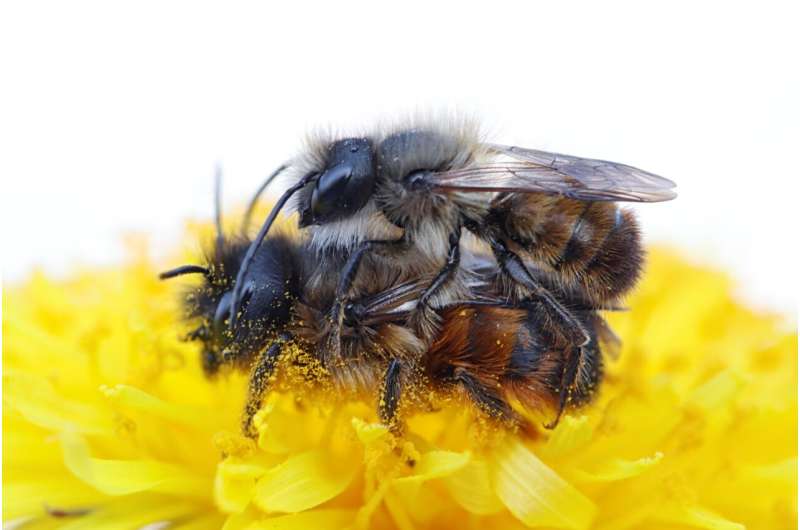Research at Uppsala University has revealed a significant advancement in understanding the genetic mechanisms behind sex determination in bees and ants. A team led by Matthew Webster has identified a gene called ANTS that plays a crucial role in determining whether an individual develops into a male or female. This finding, published on November 10, 2025, in the journal PLoS Biology, highlights the evolutionary link between these insects and sheds light on their reproductive systems.
Most animal species, including humans, exhibit two biological sexes, with genetic exchange between them essential for survival. In humans, sex is determined by the presence of X and Y chromosomes, where individuals with XY chromosomes develop as males, thanks to the SRY gene on the Y chromosome. Contrary to this, many insects, such as bees, wasps, and ants, utilize a different system known as haplodiploidy. In this mechanism, females develop from fertilized eggs with two sets of chromosomes, while males arise from unfertilized eggs, possessing only one set.
Over two decades ago, researchers discovered that in honeybees, a gene called csd governs this process. Females carry two different versions of this gene, while males have only one. Until now, it remained unclear whether other bee species employed the same genetic mechanism.
To investigate this, Webster’s research group sequenced the complete genome of the red mason bee, known scientifically as Osmia bicornis, a common species found across gardens in Europe. By examining hundreds of nests, the researchers identified unusually large males—individuals with two identical copies of the sex-determining gene. Their genomic comparisons revealed the precise location of the gene responsible for sex determination in this species.
Surprisingly, the gene identified, ANTS, was also recently shown to control sex determination in a species of ant. ANTS is classified as a long non-coding RNA gene, which means it does not produce a protein. Instead, it functions as a switch that initiates the developmental pathway toward male or female. This discovery suggests that the ANTS gene has preserved its function as a sex-determining gene for over 150 million years.
“This is really surprising because it means ANTS could be the main sex-determining gene used by more than 150,000 species of bees, wasps, and ants,” stated Matthew Webster, the senior author of the study. He emphasized that while the role of ANTS is becoming clearer, the variation in this gene that generates signals triggering male or female development is still not fully understood. Furthermore, the reason honeybees utilize a different sex-determining gene remains an enigma.
The implications of this discovery extend beyond mere academic interest. Understanding the sex-determination systems in bees and ants is vital for maintaining genetic diversity and healthy populations. These findings may also prove beneficial for conservation efforts and breeding programs aimed at protecting these essential pollinators, given their crucial role in ecosystems.
This research represents a significant step forward in our understanding of the biological and genetic intricacies involved in sex determination across various species of bees and ants, offering insights that could influence future studies and conservation strategies.







































































